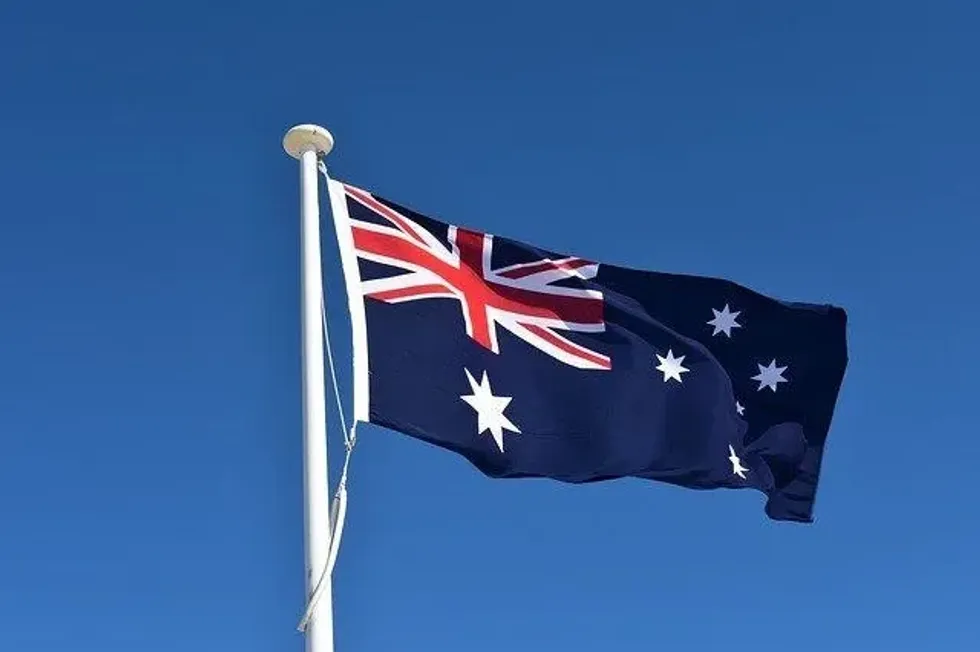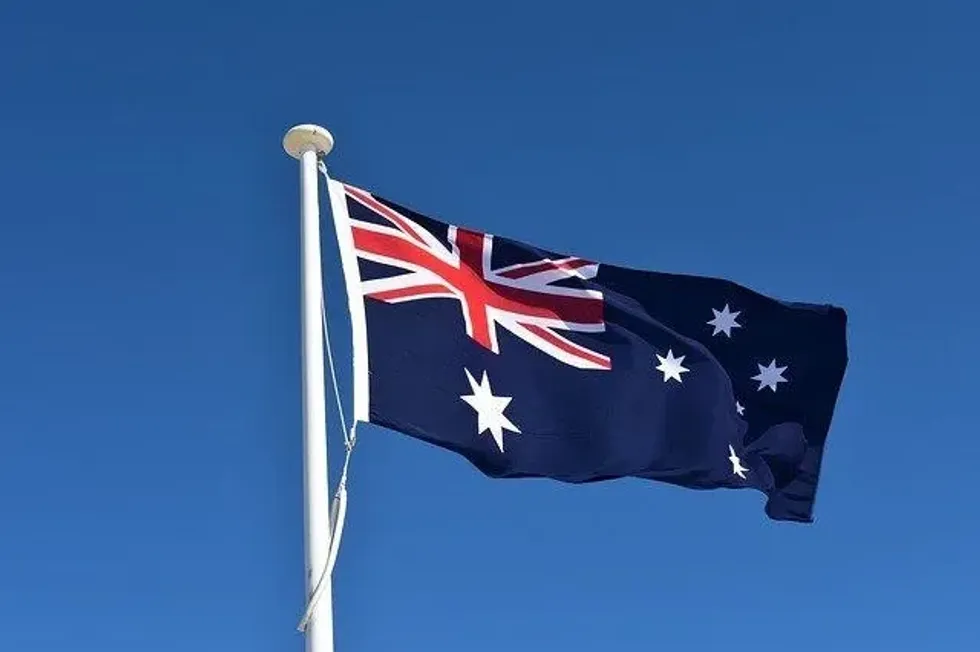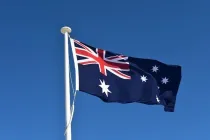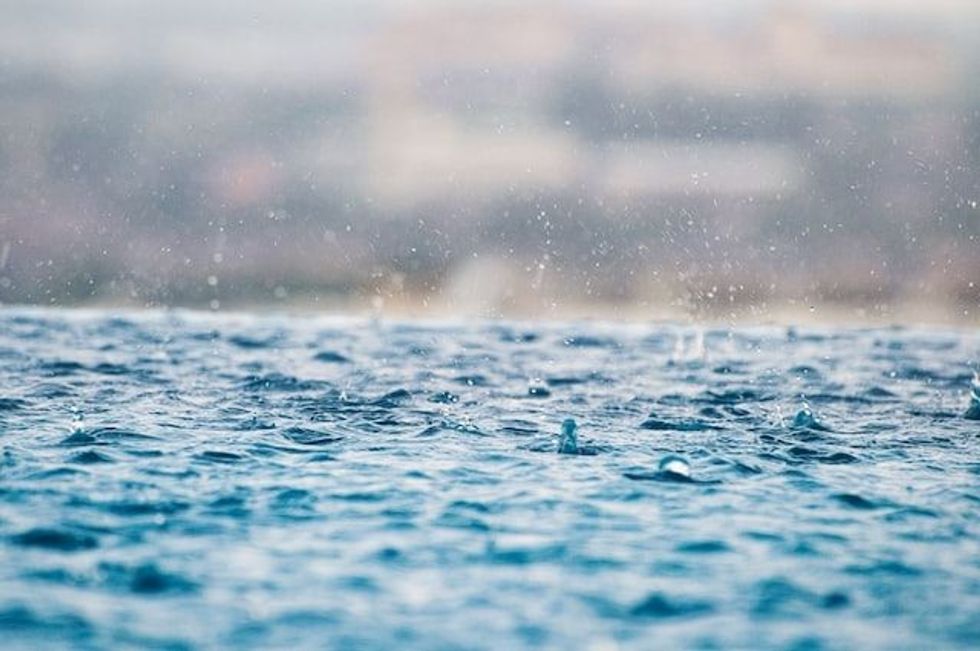25 Awe-Inspiring Australian Culture Facts That Are Worth Knowing

The Commonwealth of Australia, a sovereign country, is the sixth-largest country in the world and the largest country in Oceania.
What makes it the largest country in Oceania is that Australia is made up of the Australian mainland, several small surrounding islands, and the bigger island of Tasmania. The country has a population of roughly 26 million, with the majority highly urbanized and most concentrated towards the eastern regions of the mainland.
While Canberra is the capital city of Australia, Sydney holds the title of the largest city.
As with most other countries of the world, Australian culture has been wholly affected by British Colonization. Today, Australia has a predominantly western culture, which has stemmed from this colonization.
Described as a megadiverse country by Conservation International, Australia is not only diverse in terms of its human population but is also home to a lot of diverse animal and plant species, including a lot of endemic species.
There are only seventeen megadiverse countries in the world, and Australia ranks at number seven. Planning a trip to explore Australia wouldn’t be complete without visiting some of its historic cultural sites and modern-day architectural wonders.
This article will explore some fascinating and awe-inspiring Australian Culture Facts. Afterward, check out facts about Arizona flag meaning and Brazilian pepper tree facts.
Australia Culture History
The history of Australian culture is said to date back around 60,000 years. However, proofs have only been found to date back to 30,000 years. The oldest inhabitants of Australia, the indigenous people, have inhabited the country as far back as 65,000 years.
They are also known as the aboriginal people or the Torres Strait Islanders. Whatever the term is used to refer to them, these ancient inhabitants of Australia were the First People of Australia.
The Australian population that still has familial roots in these aboriginal culture tribes is sometimes referred to as Indigenous Australians. Aboriginal people lived in mainland Australia and some surrounding islands, forming the earliest origins of Australian culture.
Torres Islanders were not part of aboriginal culture. On the other hand, Torres Islanders were people who inhabited the northeastern part of Australia, specifically the region of Queensland. However, Torres Islanders and Aboriginal groups were known as Indigenous people of Australia.
The earliest foreign settlers in the Australian continent were the Dutch, who entered the land in the 17th century and had named it New Holland. The name was coined by Abel Janszoon Tasman, who was a Dutch Seafarer Explorer.
He arrived in Australia around 1644. The name was initially coined for most European maps to refer to the ‘Southern Land’ or Terra Australis.
Terra Australis was the term coined for an imaginary continent, first postulated in the cultural antiquity period between 8 and 6 BC. This name remained in use for a long time, even after Australia’s coastlines were discovered.
Starting in 1788, European colonization began from the eastern parts of the Australian Continent. Initially, it was used by the British to send convicts to the New South Wales (located on the east coast) region as a form of punishment. Gradually the Europeans started to explore more of the island, forming more states and establishing crown colonies.
January 26, 1788, became a historic day for Australians and is now observed as Australia Day. This day marks the arrival of the First Fleet of European settlers to Australia.
The first fleet consisted of 11 ships, each of them carrying several people who had arrived here to form new colonies. It is one of the most significant public holidays in Australia.
Australia day is now being opposed, and requests are made (still by a minority of people) to change the date of the event. This is because the date January 26 is mourned by some people, stating that it marks the invasion of Australia by the British and is not something to be celebrated but mourned.
Many Australians, mostly Indigenous Australians and their supporters, observe January 26 as Invasion day, Survival Day, or Mourning Day; and observe a day of mourning.
Another historic event shaping Australians’ history and now cultural diversity was the 1850s Gold Rush. Gold had been found in the South Wales region of Australia, leading people from other Australian regions and even overseas to reach Australia and get their hands on it.
It is said that Gold was discovered earlier as well but was hidden for fear of reducing the workforce and adversely affecting the economy. Since many people from different parts of the world reached the site, it is easy to understand that cultural diversity grew.
In 1901, on January 1, the several colonies formed by the British came together to form the Commonwealth of Australia.
Number Of Cultures In Australia
Between 1788 and 1945, a large majority of settlers came in from the British isles or Ireland, Scotland, and England to Australia, a huge wave of Anglo-Celtic immigrants was seen at this time. The term Anglo-Celtic refers to people of English and Irish descent. In the 1800s, Australia saw a lot of migration from Germany and China.
As the second world war ended in 1945, Australia witnessed massive immigration from Europe, mainly from Eastern and Southern Europe.
This was the same time when Australian Poets came together in a movement called the Jindyworobak Movement.
Imminent Australian Author Reginald Charles Ingamells, better known as Rex Ingamells; who wrote the award-winning poem ‘The Great South Land: An Epic Poem,’; which deeply examines the history of Australia through the centuries; was not only a part of this movement but in fact a founding member of the Jindyworobak Club.
The club was formed in 1937 in Adelaide. The idea behind the movement was to contribute to Australian culture by preserving and including various aspects of Indigenous culture, especially language and Mythology.
The aim was to free the Australian heritage and art from foreign influences. In 1973, Australia adopted a multicultural policy, thereby ending the extremely racist White Australia Policy.
The aim of the White Australia policy was to keep people of non-European origins and descent from immigrating to Australia. It was mainly focused on keeping Pacific Islanders and Asians out of Australia and developing the country as an entirely white country.
Since the abolition of this policy, and particularly in the 21st century, a huge wave of immigration, especially Asian immigration, has been visible in Australia. Due to the British Colonisation, Christianity was introduced in Australia and undoubtedly became the most significant organized religion present in the country.
Even today, Christianity is the largest religion on the Australian continent. Christian festivals like Christmas and Easter are the major public holidays in Australia.
While most of the development of Australian culture is concentrated in eastern Australia, western Australian culture is also very interesting to explore. A significant chunk of the population in this region is focused in the southwest region, which is known to be more fertile around the Margaret River Wine locality and Perth.
Towards the north of Western Australia, the Kimberly region is home to some beautiful aboriginal art forms, such as the Bungle Bungle, which is a rock art form.
The unique geography of Australia has given it a very unique landscape. The Northern Territory of Australia is formed of desert landscapes and is home to various Aboriginal Art galleries.

What is youth culture in Australia?
The vibrant and diverse culture of Australia is a dynamic one, which is evolving and adapting continually with every generation. The Australian youth culture today includes many different things that are considered a true sign of being an Australian.
For example, about a quarter of Australians today were born outside of Australia, and the majority of the rest, if not all, have at least one parent who was born overseas.
The Australian Continent is known worldwide for its beautiful and pristine beaches, white sandy beaches where people like to kick back and enjoy with friends. This beach culture is perhaps one of the youth’s most loved parts of Australian life.
Australia is famous for being surrounded by water, more particularly the Indian Ocean, making it home to some of the most extensive coral reef formations in the world. The Great Barrier Reef is one such example.
Australian society and Australian cuisine are a reflection of its diverse, multicultural weave. Large communities from all around the world, including Indians, Chinese, Mediterranean, South-East Asian, and Pacific Islanders, now inhabit Australia and have made their mark in the country with their local cuisines and culinary delights.
Safe to say that Australian cuisine is a mix of diverse backgrounds, and everyone in Australia loves to eat.
One of the most unique and favorite things for Australians to eat is Golden Gaytime Ice Cream. It is a vanilla and toffee ice cream, coated in chocolate and covered in biscuit crumbs. Have you ever heard of a more unique ice cream bar? Its innate Australian-ness can also be seen in flavor names like Unicorn and Pina colada.
Some of the most famous items of Australian cuisine that people all around the world are keen on trying to include Vegemite (the most tried and hated product by foreigners). Vegemite is understood to be an acquired taste.
Fairy bread: Although not very strange sounding, Australia somehow is the only place to make this an authentic dish. Fairy bread is nothing but a slice of bread, buttered and sprinkled with colorful sprinkles.
Pavlova, a widely enjoyed dessert, Australians have long fought for the recognition of being the inventors of this mouth-watering dessert.
Fish and Chips, a widely known British dish, clearly demonstrates the impact of British colonialism in the fabric of Australian society.
Today, Australia’s multiculturalism can be said to be formed around terms like Optimism, Mateship, Humour, Authenticity, Informality, and Humility. Australians are known for attributing high value to persons who observe these fundamental ideals, which have in turn played a significant role in forming strong traditions for all Australians.
Sydney, the capital of Australia, is the perfect example of Australia’s multiculturalism.
Home to the Sydney Opera House, one of the most iconic examples of architecture, the Roman Catholic Church (which is one of the top religious sites for Christians); Sydney, located on the east coast in the state of New South Wales, is the largest and most densely populated place in Australia.
Adelaide, the capital of South Australia, which is another densely populated and strongly multicultural region of Australia, is also known for its arid climates and landscapes. South Australia forms the fourth largest territory in terms of area and fifth largest territory in terms of population in Australia.
Adelaide is also the place where an excellent movement for the preservation of Australian art was born.
The Jindyworobak movement started here, with Reginald Charles (Rex) Ingamells forming the Jindyworobak club in 1937 and laying out the movement’s purpose and ideals in an address named ‘On Environmental Values.’ The name Jindyworobak sounds strange but is actually taken from an indigenous Australian language called Woiwurrung.
In that language, the word translates to mean ‘to join,’; giving way to its aim of poets joining together to contribute to the cultural heritage of Australia.
South Australia is also called a wildlife haven, and no surprise, it is home to Kangaroo Island. Apart from being a paradise for wildlife, this region is also known for wine. Some of the best Australian wineries, such as Barossa Valley, are found in this region.
Youth culture is incomplete without music. Australian music has a very long and exciting history. Indigenous groups of Australia made significant contributions to Australian music. The iconic instrument Didgeridoo was invented by indigenous groups, who used it to shape Australia’s musical history.
Modern-day Australian music is vividly distinguishable from aboriginal music. It is composed mainly of fusion with western world music. Australian music ranges from folk, indigenous, aboriginal music to today’s contemporary styles like hip-hop, reggae, country, rock and roll, and much more.
James Oswald Little, better known as Jimmy Little, was the first aboriginal Australian musician to have gained mainstream success. Contemporary Australian music owes its gratitude to him for making aboriginal music known to the world and its subsequent inclusion in the Contemporary aboriginal music genre.
Australia is a uniquely diverse culture. It is essential to experience all the wonders and historical places Australia offers when visiting.
Here at Kidadl, we have carefully created many interesting family-friendly facts for everyone to enjoy! If you liked our suggestions for 25 awe-inspiring Australian culture facts that are worth knowing, then why not take a look at history 0f Beijing: what were the various eras and their significance, or 53 historical facts about New York that you won’t believe!
We Want Your Photos!
More for You
Master of Computer Science

Abhijeet ModiMaster of Computer Science
An experienced and innovative entrepreneur and creative writer, Abhijeet holds a Bachelor's and Master's degree in Computer Application from Birla Institute of Technology, Jaipur. He co-founded an e-commerce website while developing his skills in content writing, making him an expert in creating blog posts, website content, product descriptions, landing pages, and editing articles. Passionate about pushing his limits, Abhijeet brings both technical expertise and creative flair to his work.
Disclaimer
1) Kidadl is independent and to make our service free to you the reader we are supported by advertising. We hope you love our recommendations for products and services! What we suggest is selected independently by the Kidadl team. If you purchase using the Buy Now button we may earn a small commission. This does not influence our choices. Prices are correct and items are available at the time the article was published but we cannot guarantee that on the time of reading. Please note that Kidadl is a participant in the Amazon Services LLC Associates Program, an affiliate advertising program designed to provide a means for sites to earn advertising fees by advertising and linking to Amazon. We also link to other websites, but are not responsible for their content.
2) At Kidadl, we strive to recommend the very best activities and events. We will always aim to give you accurate information at the date of publication - however, information does change, so it’s important you do your own research, double-check and make the decision that is right for your family. We recognise that not all activities and ideas are appropriate for all children and families or in all circumstances. Our recommended activities are based on age but these are a guide. We recommend that these ideas are used as inspiration, that ideas are undertaken with appropriate adult supervision, and that each adult uses their own discretion and knowledge of their children to consider the safety and suitability. Kidadl cannot accept liability for the execution of these ideas, and parental supervision is advised at all times, as safety is paramount. Anyone using the information provided by Kidadl does so at their own risk and we can not accept liability if things go wrong.
3) Because we are an educational resource, we have quotes and facts about a range of historical and modern figures. We do not endorse the actions of or rhetoric of all the people included in these collections, but we think they are important for growing minds to learn about under the guidance of parents or guardians.







